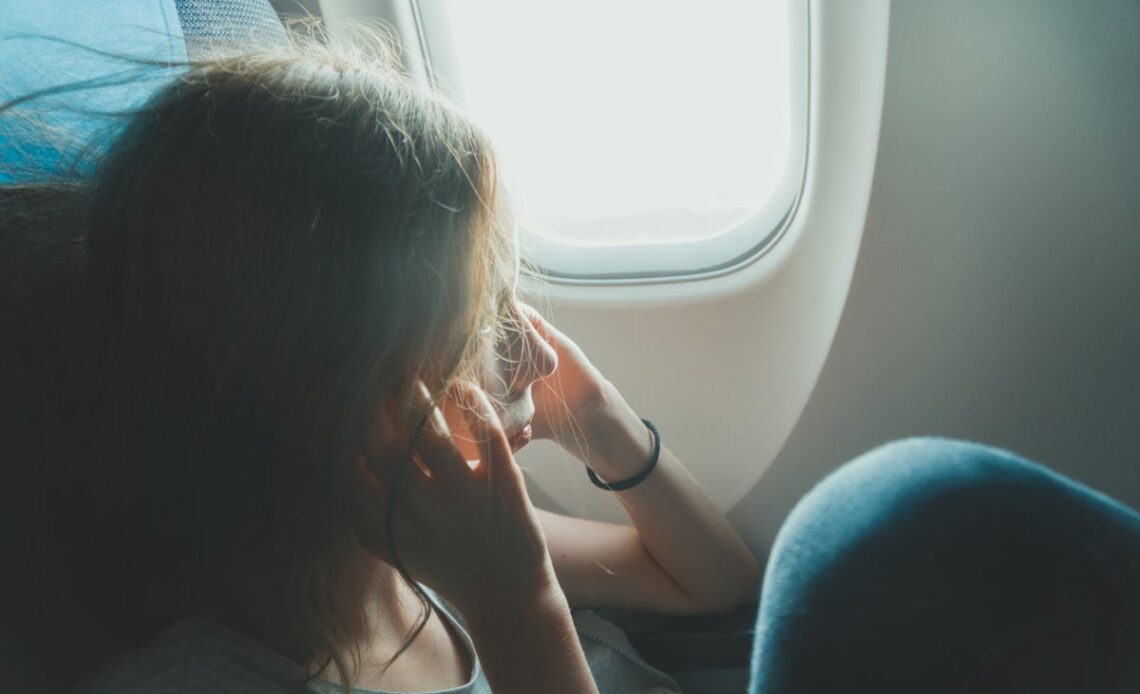Just when you think you’ve got your head around the many ways fellow passengers can ruin your flight, here comes technology to add another.
It’s no secret that we’re coming out of a two-year period of exceptionally mad inflight behaviour, with data in both the US and UK showing that disruptive passenger incidents spiked as people began flying again following the Covid-19 pandemic lockdowns. Though the numbers have calmed somewhat since 2021, the mind-boggling incidents continue on an almost weekly basis.
“Disruptive passengers”, of course, covers a whole manner of sins. There was the woman who stripped down to her underwear and tried to enter the cockpit twice on a flight from Manchester to Cyprus. The drunk man who pretended to shoot an imaginary gun at other passengers, tried to open both the plane cabin and cockpit doors, and shoved a flight attendant against the wall on a three-and-a-half-hour domestic US journey. The man who leapt onto an airline drinks trolley mid-flight, before stripping off his clothes in the aisle, forcing the plane to divert.
It’s no secret that we’re coming out of a two-year period of exceptionally mad inflight behaviour
It’s not just mile-high chaos, either: in the past year alone we’ve had three cases of people popping open an emergency exit and strolling out onto the plane wing while the aircraft was parked or taxiing in the airport.
Now it seems we have a new offence to add to boozing, stripping and impromptu wing-walking: AirDropped nudes.
On Tuesday a Southwest Airlines pilot told passengers he would be forced to turn the plane around if someone on board did not stop sending nude photographs to them via AirDrop technology. Captured in a viral video, the captain told passengers he would “have to pull back into the gate” if the mystery culprit did not cease sending the unwelcome nudes. “Whatever that AirDrop thing is, quit sending naked pictures, and let’s get yourselves to Cabo,” he told those onboard.
For those who are new to it, Apple’s AirDrop function enables anyone with one of the brand’s smartphones or tablets to send an image or other file to someone within close range ‒ around 30 feet, or nine metres ‒ without having to have their number.
The Bluetooth technology means that unsolicited pictures sent by a stranger can pop up on your phone in close quarters; for example, a plane cabin. AirDrop gives recipients the option to either open or disregard the image, but many who aren’t…
Click Here to Read the Full Original Article at The Independent Travel…
